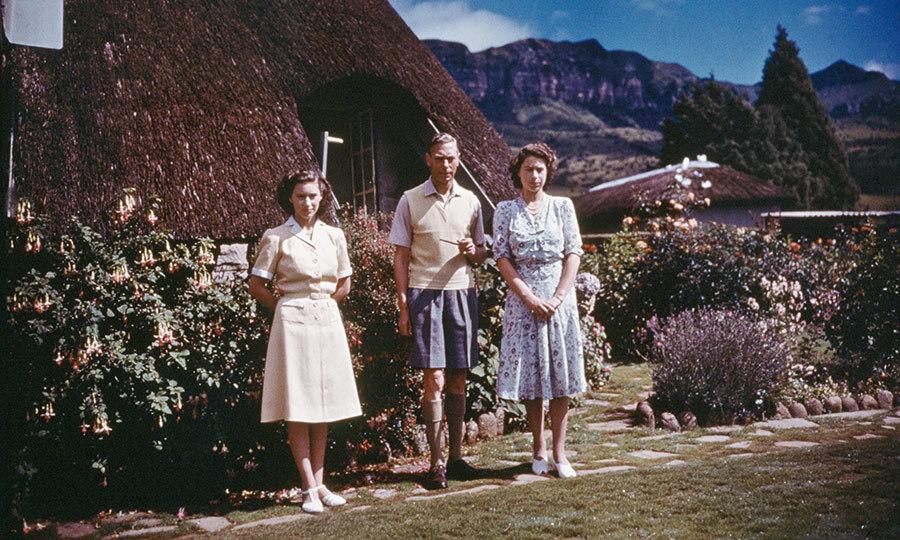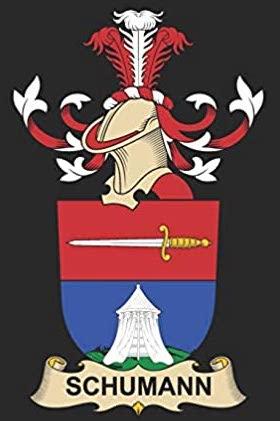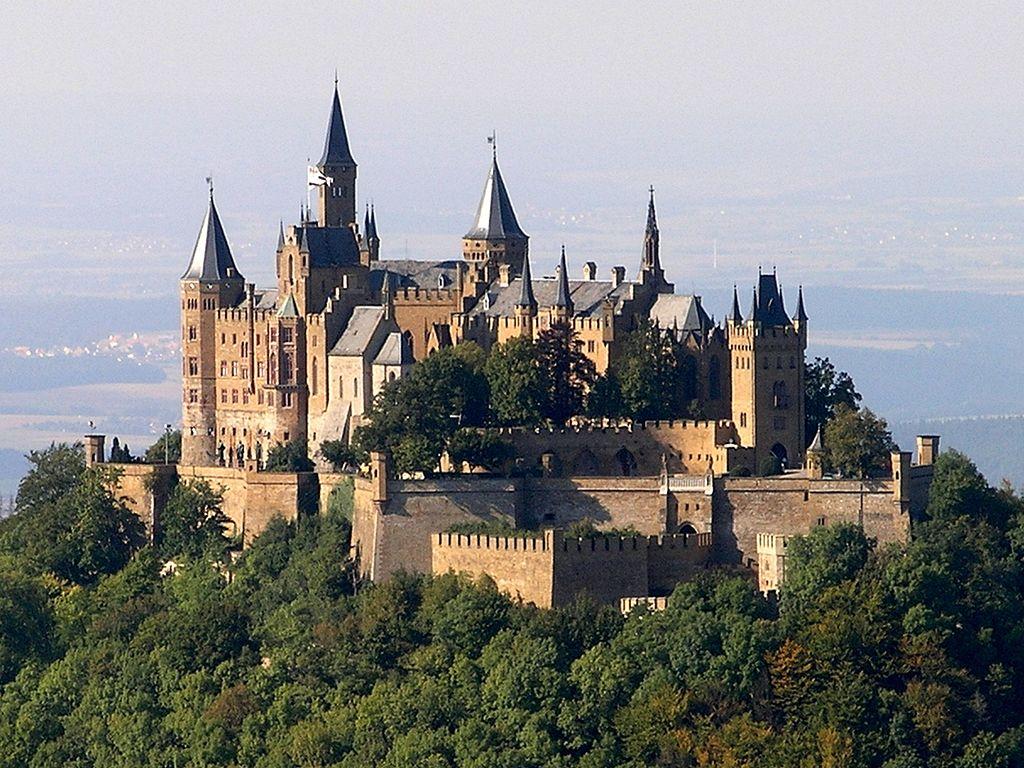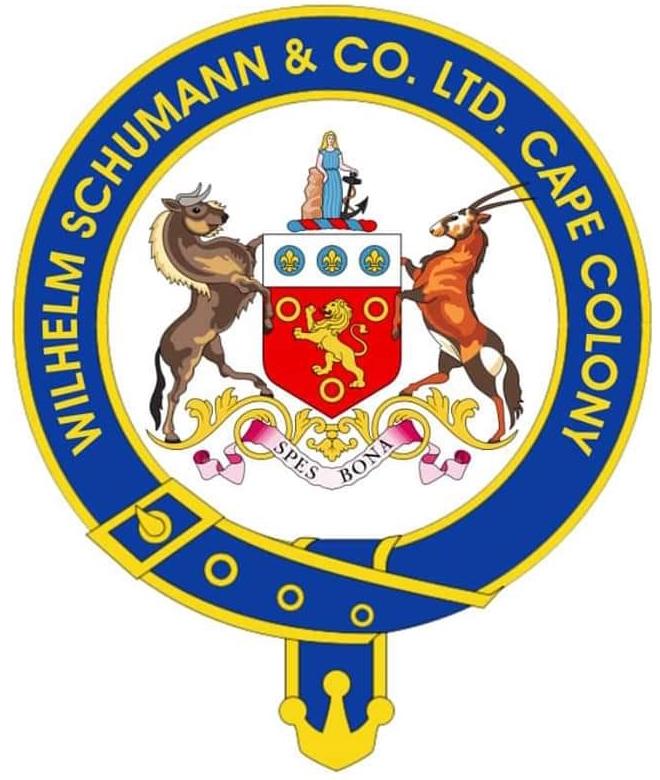
Disclaimer: Any views expressed by individuals and organisations are their own and do not in any way represent the views of The Heritage Portal. If you find any mistakes or historical inaccuracies, please contact the editor.
The poets will no doubt remember how the Greek hero Bellerophon rode the majestic Pegasus to his epic battle against the monstrous chimaera in the song of the ancients. While not all of Poseidon's equidea offspring could dance the sky, horses have always captured the imagination of men the world over.
Perhaps the most famous admirer of thoroughbreds is the late Queen Elizabeth II whose love for horses is as well known as her affection to her dogs.
It is then no surprise that one of her oldest friendships in South Africa would so happen to start incidentally around a horse.
The year is 1947. Princess Elizabeth along with her sister Princess Margaret are accompanying their father King George VI and mother Queen Elizabeth, as they crisscross the then Union of South Africa during a royal visit of the Commonwealth.
King George VI and the two princesses in the Drakensberg
The royal train - resplended in white and flanked with a thousand mini union jacks - makes, what in the grander scheme of things, is a normal stop in its itinerary at a small town deep in the eastern part of the Cape of Good Hope.
Arrival of the Royal White Train at the Queenstown Station on 6 March 1947 (DRISA)
It would have been hard for Princess Elizabeth to miss the dashing officer in full military uniform who excitedly broke rank by dismounting his horse to introduce himself to the royal family. William Kenneth Shuman was a third-generation farmer and sheep breeder of what would later be famously known as the Grey Craig Merino. On 6 March 1947, Shuman and his horse Alfred had the honour of leading the royal procession in Queenstown.
While 75 years from the day, the Shumans would keep correspondence with her royal highness Queen Elizabeth, the two families shared an even longer history that runs right to the founding of the national state of Germany.
At her death on 8 September 2022, her majesty Queen Elizabeth was the ruler of the United Kingdom and the Commonwealth realm, second to seat the throne from The House of Windsor.
Historians will know that despite The House of Windsor being just over a 100 years old, it traces the rule of its lineage as far back as the 11th century in both Britain and Germany.
Before King George V made the proclamation naming the British royal family The House of Windsor in 1917, it was known as The House of Saxe-Coburg-Gotha. First of which was Ernest Anton (Ernest I), the sixth duke of Saxe-Coburg-Saalfeld, father of Albert who became the King Consort to Queen Victoria. Ernest I became the duke of Saxe-Coburg-Gotha after the territory (duchy) he reined over under the holy Roman Empire was reorganised in 1825.
Longer still, the house of Saxe-Coburg-Gotha traces its lineage as far back as The House of Wettin whose rule starts in the 11th century spawning a dynasty enveloping Europe from the UK, Portugal, Belgium and Poland to Bulgaria. The House of Wettin is one of the oldest dynasties in Europe having ruled the present-day German states of Saxony, Saxony-Anhalt and Thuringia.
How is it then that a simple farmer, on the outskirts of the British provinces, shared an impressionable rapport with a future monarch of the biggest empire? It is in the blood! Shuman, who was self-proclaimed as 'loving most things British' actually came from a line of German nobility.
According to Magdalene Morse-Jones, who has written extensively about Shuman history, "The original Schumann families [Prussian], owned large estates where they were mainly cattle farmers and hunters. They spoke a language belonging to the Baltic group of the Indo-European language family."
The Schumann Coat of Arms consists of a shield displaying charges, accompanied by a warrior's helmet, the mantling which protects his neck from the sun, the wreath which secures the mantling and crest to the helmet, and a crest. A family symbol that has been passed down generation to generation.
The Schumann Coat of Arms
The Shumans immigration from Prussia is tracked to one Wilhelm Karl von Schumann. Wilhelm, who was a baron, moved to South Africa in 1855, purchasing a farm in the Wodehouse district between Dordrecht and Elliot in the Eastern Cape.
The Schumanns were bestowed the title of baron in the 1830s when Charles Schumann married Princess Elizabeth from the House of Hohenzollern. Of all German nobility, The House of Hohenzollern is the most influential.
In the book General History: Brief details of the world history for the interested student writer Jeremy Taylor says "Of all the great and influential German families, descending from the mists of time, always involved in something – providing kings, making a nuisance of themselves, being or not being involved in charitable causes etc., the Hohenzollern top the list."
When the Kingdoms of Prussia eventually unified for the creation of the German Empire in 1871, the Hohenzollerns were hereditary German Emperors and Kings of Prussia.
The first reference to the Hohenzollern House is circa 1061 while what is now the famous Hohenzollern Castle is first dated in 1267, later rebuilt by Frederick William I, King of Prussia in 1850.
Hohenzollern Castle
As the Great War ravaged Europe the anti-German sentiment caught in much of the continent as far as America. Many of the royal houses which had German connections looked to distance themselves from their Deutsche-Prussian ties.
While The House of Saxe-Coburg-Gotha in England chose to use the name of one of the great castles - Windsor, in Belgium, King Albert I in 1920 changed it to The House of Belgium.
Interestingly, before The House of Saxe-Coburg-Gotha ruled Britain through the ascension of Edward VII in 1901, it was a house with another German heritage that sat on the throne for almost 200 years - The House of Hanover.
In South Africa, the Shumans also came to be distanced from their German heritage through a tale of forbidden love, a tragic death and the same anti-germanism.
A baron or Freiherr- in German, denoted a title or rank within the nobility above a Ritter (that is knight) and Edler (a nobility without a specific title) but was below a Count or Earl, a Graf in German.
It was given to landholders in a duchy by the fief lords during the Holy Roman empire.
When Wilhelm Karl von Schumann came to the country he was of course a hereditary baron. Being enterprising, Wilhelm quickly became a successful cattle and sheep farmer also going on to establish a merchandising firm known as “Schumann & Co”.
Schumann & Co
Wilhelm then married Mary Dicks who had been working at Schumann & Co despite the disapproval of her British settler parents who also shared European sentiments about Germans.
A tragic horse accident ended the life of a 33-year-old Wilhelm who left his young wife six months pregnant with a son. After the death, Mary would again find love. Surprisingly it would then be her parents Uriah and Johannah who would come to her rescue and adopt her son freeing her to tie the knot with her swain, James Foxcroft.
It is while being raised by the Dicks' that Wilhelm and Mary's son would not be a von Schumann but rather William Arthur Shuman. While not a baron, William carried the farming legacy which has remained today, more than a 150 years later.
Many years after the meeting between Ken Shuman and the then Princess Elizabeth, the Shumans have kept correspondence with the royals congratulating the family on different milestones.
In July 2016, the Shuman family received an acknowledgement from Buckingham Palace - a personal letter from Queen Elizabeth II who thanked the Shumans for well wishes on her 90th birthday.
It is against this backdrop that William Kenneth Shuman, the namesake and grandson of William Kenneth Shuman who met the young Princess Elizabeth on that fateful day at the Queenstown train station, was also compelled to send his commiseration to King Charles III after coming to hear of the passing away of the Queen.
Dear Sir, we are deeply saddened to hear of the passing of Her Majesty Queen Elizabeth II.
The Shuman family would like to express heartfelt condolences to you and your family. Our thoughts are with you and your family at this sad time.
We join many millions across the globe in paying tribute to a much loved and respected monarch, a figure known for her profound sense of duty and devotions to her country and the Commonwealth.
Her loss will be greatly felt, and her service always remembered.
Yours faithfully
William Shuman.
The Shuman-Windsor relationship is no doubt a great South African royal story.
Ntsikelelo Qoyo is an historian and journalist
Comments will load below. If for any reason none appear click here for some troubleshooting tips. If you would like to post a comment and need instructions click here.





